Sydney Observatory
This historic observatory contains the world's oldest refracting lens telescope.
The Sydney Observatory is home to a working refracting lens telescope which has been in use for over 135 years.
It is the oldest working refracting lens telescope in the Southern Hemisphere. In some ways, however, the observatory was built simply to keep another instrument, the “time ball,” functioning.
The Time Ball is a large yellow ball, easily visible from the sea, that is dropped at exactly 1:00pm every day. Built in 1858, before the advent of radio, it served as a clear visual signal of the time. Its main purpose was to help ships set their chronometers which kept them on schedule and from running into one another.
Initially, the city planned to build only the time ball, but soon realized that without setting the ball to the cosmic clock, it would be useless. Hence an observatory was built and staffed with an astronomer.
The ball was originally dropped at noon, but that was soon changed to 1:00pm as Rev. Scott, the Government Astronomer, was generally busy at noon watching the sun cross the north-south meridian. Today the time ball still drops at 1:00pm sharp, but its clock is no longer controlled by an astronomer but by an atomic master clock.
The observatory itself remains; it is now a museum of astronomy and pays homage to captain James Cook and his famed voyage following the transit of Venus around the globe.
If you go at night you will be able to observe the night sky through both a modern telescope and the historic original telescope from 1874. If it’s a cloudy night, visitors are invited to participate in a planetarium show in a very small planetarium instead. The planetarium show is an experience in itself.
You will also still get to use the telescope on a cloudy evening if you’d like, of course, but instead of focusing on the planet Jupiter the astronomers on hand have other fascinating tricks up their sleeve. These include training the telescope at a clock miles away from where you are standing, allowing you to read the time on its face as if you’re standing right in front of it.
Community Contributors
Added by
Edited by
The Atlas Obscura Podcast is Back!








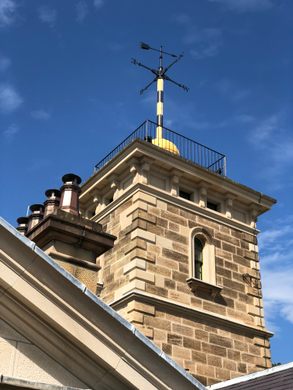
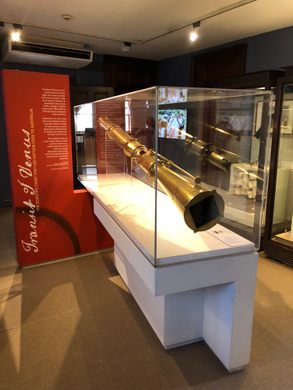
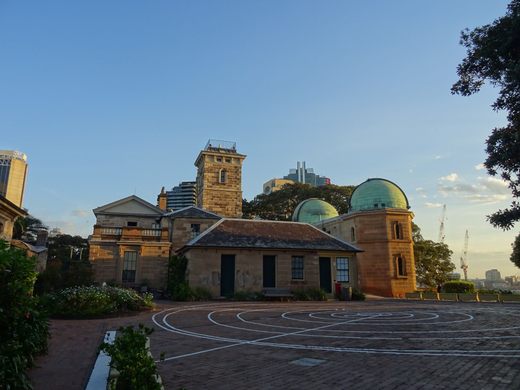










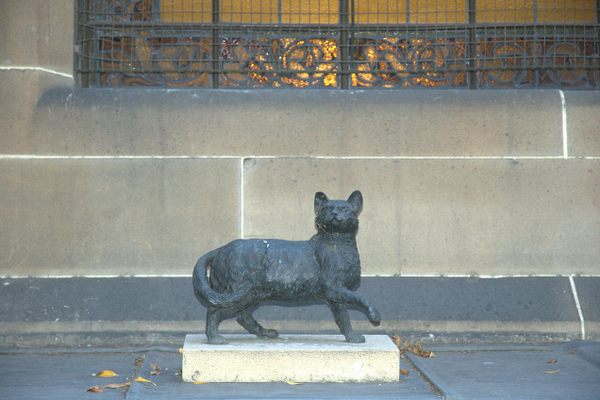

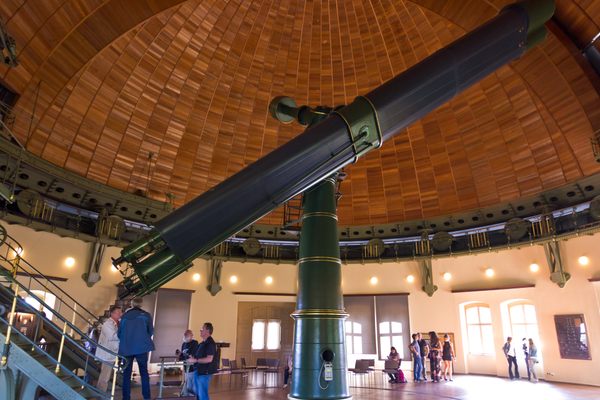


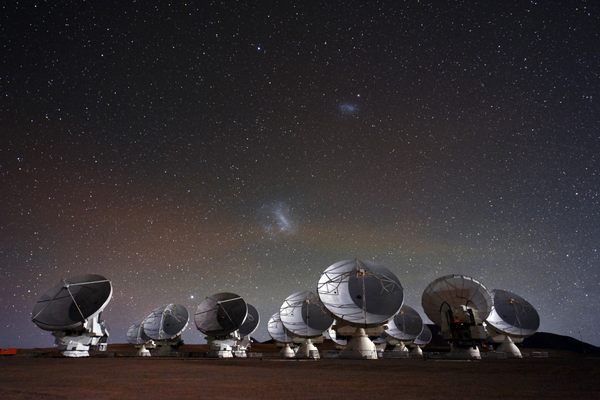

Follow us on Twitter to get the latest on the world's hidden wonders.
Like us on Facebook to get the latest on the world's hidden wonders.
Follow us on Twitter Like us on Facebook